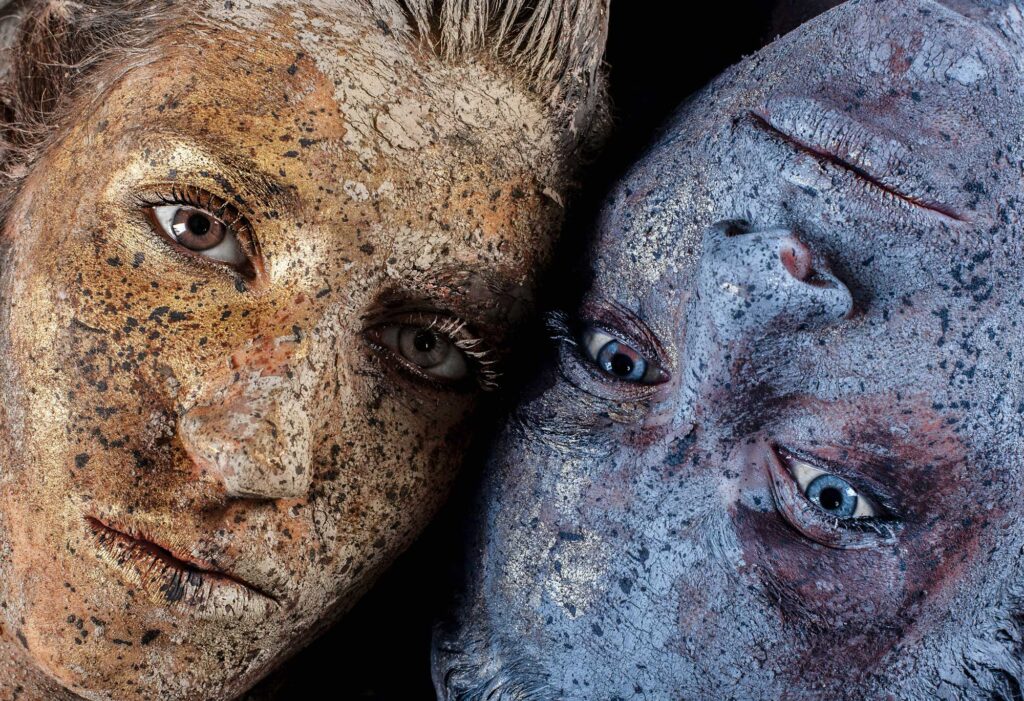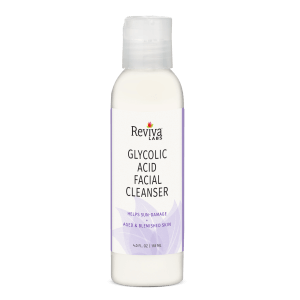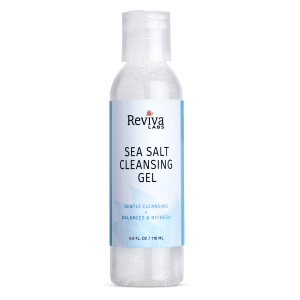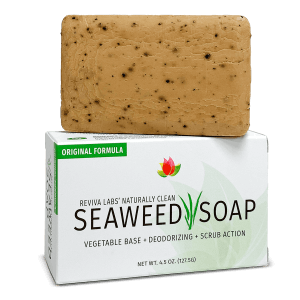Ingredients, Reviva Labs, Skin Care
Caveman Skincare: Why TikTok Is Falling for a Bare-Bones Routine
Bare-faced selfies have never been more popular, and one statistic captures the moment: clips tagged #cavemanskincare or #cavemanregimen have now surpassed 178 million views on TikTok, dwarfing many glossy product-haul hashtags. (Caveman Skincare Routine Results – TikTok) That digital roar signals a surprising shift. Instead of chasing every new serum, thousands of creators are filming themselves doing almost nothing to their skin—no cleansers, no moisturizers, no sunscreen, sometimes not even water. The promise is seductively simple: if our Paleolithic ancestors thrived without glycolic acid or niacinamide, perhaps modern complexions can reboot by pressing the reset button too. Scrolling through the app, you’ll find time-lapse montages of inflamed cheeks calming down, oily T-zones drying out, and enthusiastic captions declaring “my barrier is back!”
Curiosity is natural when a routine asks for so little. After all, the global beauty industry spent decades persuading consumers that layer upon layer of active ingredients was essential. When a zero-step protocol suddenly trends, it feels almost rebellious. Yet beneath the viral glow lies a tangle of biology, anecdote, and expert caution. Does ignoring your skin really let it heal itself? Or does it gamble with breakouts, UV damage, and staph bacteria? The answers, as ever, live in the messy middle.
What Caveman Skincare Means on TikTok
At its most radical, devotees wash their faces with plain water once a day or less, skip all leave-on products, blot oil only with paper towels, and avoid makeup entirely. Within the community, this strict version is often called “hard mode.” A softer branch allows gentle water rinses twice daily or the occasional swipe of micellar water after a sweaty workout. Both branches share a premise borrowed from evolutionary biology: human skin evolved an elegant self-regulating system of sebum, keratinocytes, and microbiota. Stripping those layers with surfactants or acid peels, the theory goes, tricks sebaceous glands into overproducing oil, compromises the acid mantle, and sparks inflammation.
That logic appeals to minimalists and budget-conscious students alike. It also dovetails with Gen Z’s skepticism of “over-consumption”—why buy twenty bottles when none might be the optimal number? PopSugar’s culture desk notes that the revival of the regimen in 2024 reflects a broader youth push toward “skinimalism,” the idea that restraint can be a radical act of self-care. (Unmasking TikTok skincare trends: Dangers of misinformation …)
Why the Trend Resonates with Scroll-Culture
TikTok’s visual grammar rewards eye-catching before-and-afters, and the caveman storyline delivers them in cinematic arcs. Day-one photos brim with redness, then incremental footage reveals calmer skin by week four. Because progress depends on abstaining, viewers aren’t asked to buy anything; they can participate instantly. That accessibility equals virality. In a swipe-driven ecosystem where complexity loses attention, a routine distilled to “just stop” is genius marketing—without a marketer.
Peer-to-peer advocacy amplifies trust. When creators like @kaydeetaylor1 or @earthyskin share bare-faced check-ins filmed under the same bathroom light, audiences sense honesty that polished brand reels sometimes lack. Meanwhile, the ancient-humans-knew-best narrative offers a memorable talking point. Whether or not anthropological evidence supports it, the image of a hunter-gatherer waking up with glass skin lodges in memory far better than a peptide molecular diagram.
Perceived Benefits Users Report
Supporters celebrate three headline wins. First, many oily-skinned participants describe a notable reduction in midday shine after the first fortnight. They credit lower lipid production to the absence of foaming cleansers. Second, cosmetic irritation plummets by definition; there are no preservatives or fragrance allergens to spark hives. Third, several acne-prone influencers show pores appearing smaller as flakiness fades. Refinery29’s early coverage of the regimen quoted users who said they “virtually forgot about acne medication” after two months of non-intervention. (Somebody educate me please #cavemanskincareroutine – TikTok)
Behind those anecdotes sits plausible physiology. The stratum corneum seals in water with ceramides and free fatty acids. Continuous detergent exposure can loosen those lipids, so pausing surfactants may restore transepidermal-water-loss to baseline. Sebum itself carries antimicrobial peptides; preserving it could tilt the facial microbiome toward a diverse, calmer state. There’s also a powerful psychological upside: when you no longer scrutinize ingredient lists, mindshare frees up for other pursuits—sleep, exercise, or simply enjoying life offline.
Where the Regimen Runs Into Trouble
Nature, however, never promised poreless perfection. Dermatologists warn that sebum is a buffet for Cutibacterium acnes. If you stop cleansing after workouts or subway commutes, sweat, pollutant particles, and oxidized oils remain on the surface. That biofilm blocks follicles and feeds bacteria, setting the stage for cystic flare-ups. Melanin-rich skin confronts another risk. Post-inflammatory hyperpigmentation worsens with even small pustules, so any strategy that invites breakouts can leave lasting marks.
Then there’s ultraviolet light. Hunter-gatherers didn’t sit under ozone-depleted skies scrolling outside cafés at noon. Melanoma rates are climbing, and caveman purists often skip sunscreen because many formulas count as “products.” The irony is stark: a routine meant to slow aging may accelerate wrinkles via unchecked UV exposure. Meanwhile, barrier repair sometimes stalls when climate heaters run all winter; without humectants, indoor air steals moisture faster than skin can produce it. Cracks invite staph colonization and eczema patches that itch more fiercely than the original acne.
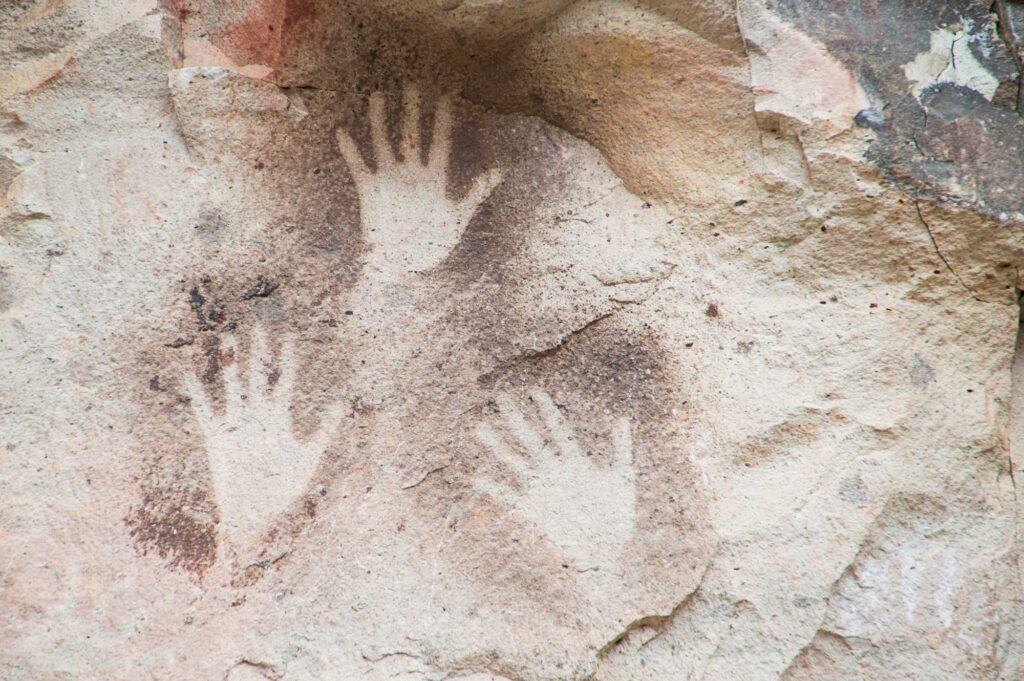
Voices Cheering the Movement
Among the loudest champions are teenagers who struggled with “purging” after using prescription tretinoin and felt abandoned by conventional advice. Their TikTok diaries showing calmer cheeks become testimonials for the regimen’s gentle promise. A second advocate group includes zero-waste activists; using nothing slashes packaging waste to zero. Some holistic estheticians also enter the chat, arguing that lymphatic massage, not chemicals, keeps circulation healthy.
Creators such as @sloanestrawberry, who documented a 30-day hard-mode experiment, amassed millions of views by week two. Her message—“I never realized how much my face hated being touched”—echoes dozens of duet videos. Another popular voice, @waysofzara, approaches from an ancestral-living perspective; her content blends cold plunges, barefoot walks, and caveman skincare into one aesthetic. Both personalities emphasize that boredom and discipline are part of the journey—a refreshing contrast to fast gratification culture.
Experts Raising Eyebrows
Board-certified dermatologists crowd the other side of the stitch. Dr. Lindsey Zubritsky cautions that clogged follicles can explode into painful nodules once biofilms mature, especially in humid climates. Dr. Muneeb Shah reminds viewers that sebaceous filaments look darker and wider when oil isn’t emulsified away daily; what enthusiasts tout as tightened pores occasionally reflects selective lighting rather than clinical change. Pediatric dermatologist Dr. Mona Gohara raises a crucial equity critique: melanin-rich patients experience more severe post-acne staining, so risk-reward math differs across skin tones. The American Academy of Dermatology still recommends gentle cleansing twice daily and daily broad-spectrum sunscreen for everyone.
These professionals agree on at least one point: the placebo effect of agency can be powerful. Doing less calms nerves, lowers cortisol, and possibly reduces inflammatory cytokines that worsen acne. Yet they insist that minimal need not be zero. A pH-balanced cleanser and non-nano zinc sunscreen count as bare necessities, not chemical excess.
Striking a Pragmatic Balance
If you’re tempted by caveman fame but nervous about ditching every bottle, a measured pause may suffice. Scale back exfoliation to once weekly, choose a microbiome-friendly wash with non-ionic surfactants, and sideline heavy silicones for a month. Many dermatologists dub this approach “skin-fasting lite.” It offers the mental relief of fewer steps while preserving basic hygiene and photoprotection.
For instance, a mild cleansing milk loaded with herbal waters can whisk away particulate pollution without stripping lipids, setting skin up for its overnight repair cycle. Reviva Labs’ classic Cleansing Milk fills that niche with safflower oil and chamomile while leaving phenoxyethanol off the label—a detail whole-food devotees appreciate. Pairing such a wash with a mineral SPF keeps the door open for ancestral minimalism without inviting sunburns.
Remember that experimentation deserves structure. Capture baseline photos in consistent lighting, track triggers like diet and stress, and give any routine at least six weeks before judging. If cysts worsen or patches sting, reintroduce barrier-supportive ingredients such as ceramides or niacinamide to soothe inflammation. Your epidermis is a living barrier, not a nostalgia project; listen when it whispers for help.
The Bigger Takeaway
TikTok’s caveman saga reminds us that skincare isn’t just chemistry; it’s culture. A generation raised amid marketing overload needed a palate cleanser, and an algorithm served one up. While the romantic image of Paleolithic radiance may oversimplify biology, the movement’s core lesson endures: simpler can be saner. When we treat routines as dialogues with skin rather than monologues from brands, clarity follows. In that clarity lies the freedom to curate fewer, better steps—or none—according to rhythm, climate, budget, and identity. After all, the skin’s deepest talent is adaptability, honed across millennia from caves to ring lights.

